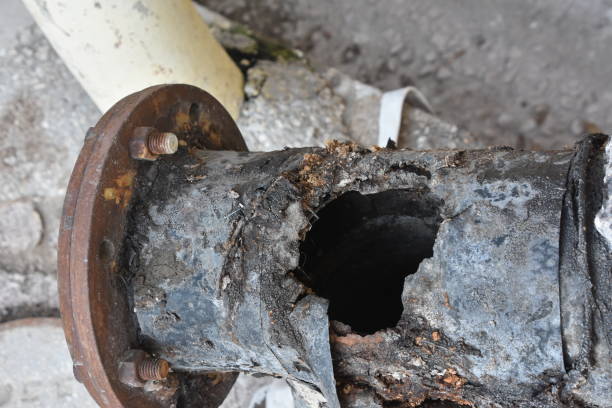LANGLIER INDEX

A bad Langlier Index can contribute to this result. Safe Home offers a couple kits that provide drinking water testing for langlier index in city or well water supplies.
Parameter Type: Drinking Water Testing for Volatiles
Parameter Name: Langlier Index
What it is and Where it Comes From:
The Langelier Index is an approximate measure of the saturation degree of calcium carbonate (CaCO3) in water. It is calculated using the Hydrogen Ion (pH), Alkalinity (CaCO3), Calcium concentration, Total Dissolved Solids, and water temperature of a tap water sample. The Langelier Saturation index (LSI) is an equilibrium model derived from the theoretical concept of saturation and provides an indicator of the degree of saturation of water with respect to calcium carbonate. If the index is negative, then the water is under saturated with calcium carbonate and will be corrosive. If it is positive, water is over saturated with calcium carbonate and will deposit calcium carbonate forming scales in the distribution system. If it is close to zero, water is just saturated with calcium carbonate and will not be corrosive or scale forming. LSI is a calculation with no units of measurement. An LSI that has a negative number greater than -0.30 is considered very corrosive. When no protective scale is formed, water is aggressive, and corrosion can occur. Drinking water testing gives you several benefits like peace of mind, identifying contaminants in your water, and insight into health concerns. Safe Home offers Laboratory drinking water testing kits for langelier index, allowing you to collect your water sample and ship it directly to our EPA-Certified Laboratory. This platform of drinking water testing for langelier index will give you an accurate level based on the lowest level of a parameter our instruments can detect (Method Detection Level). Safe Home drinking water testing for physical properties can be used for city and well water supplies. Drinking water testing should be done any time you notice a significant change in your water quality.
Health Effects:
Highly corrosive water can cause system failures or result in health problems because of dissolved lead and other heavy metals. Drinking water testing is a great way to monitor contaminates in your water system.
Solutions to Contaminant Levels:
After drinking water testing, what can I do to solve my water issue? There are various methods that can be used to solve corrosive water problems. Some of these methods include replacement of the household plumbing system, water treatment systems that make the water non-corrosive, or reducing/removing the by-products of corrosive water. Since corrosive water dissolves the components of the plumbing system, one way to deal with it is to replace the entire household plumbing system with materials that are resistant to corrosion. National Sanitation Foundation (NSF) approved plastic pipe is made for drinking water and is resistant to corrosion. This material can be used to replace metal plumbing throughout the home. This is usually the best method to deal with corrosive water if pinhole leaks are developing. Another method to deal with corrosive water is to install a treatment system that will make the drinking water non-corrosive. Units such as acid neutralizing filters or chemical feed systems can be used to reduce corrosiveness of the water by increasing the alkalinity. Corrosive water can be problematic throughout the entire household plumbing system, so these treatment units are usually installed at point of entry (POE) to treat all the water that enters the home. Another treatment method involves use of a chemical feed system that slowly forms a protective coating in the pipe system. The coating keeps water away from the metals and in this way controls corrosion. One final method to deal with corrosive water is to reduce or eliminate the metals being leached from the plumbing system. Who do I need to contact to find out more information about water quality in my area? Every community water supplier must provide an annual report to its customers, known as a Consumer Confidence Report (CCR). The report provides information on your local drinking water quality, including the water’s source, contaminants found in the water, and how consumers can get involved in protecting drinking water. How often does the local public water system preform drinking water testing? Frequency of drinking water testing depends on the number of people served, the type of water source, and types of contaminants. Certain contaminants are tested more frequently than others, as established by the Safe Drinking Water Act. You can find out about levels of regulated contaminants in your treated water for the previous calendar year in your annual Consumer Confidence Report (CCR).


